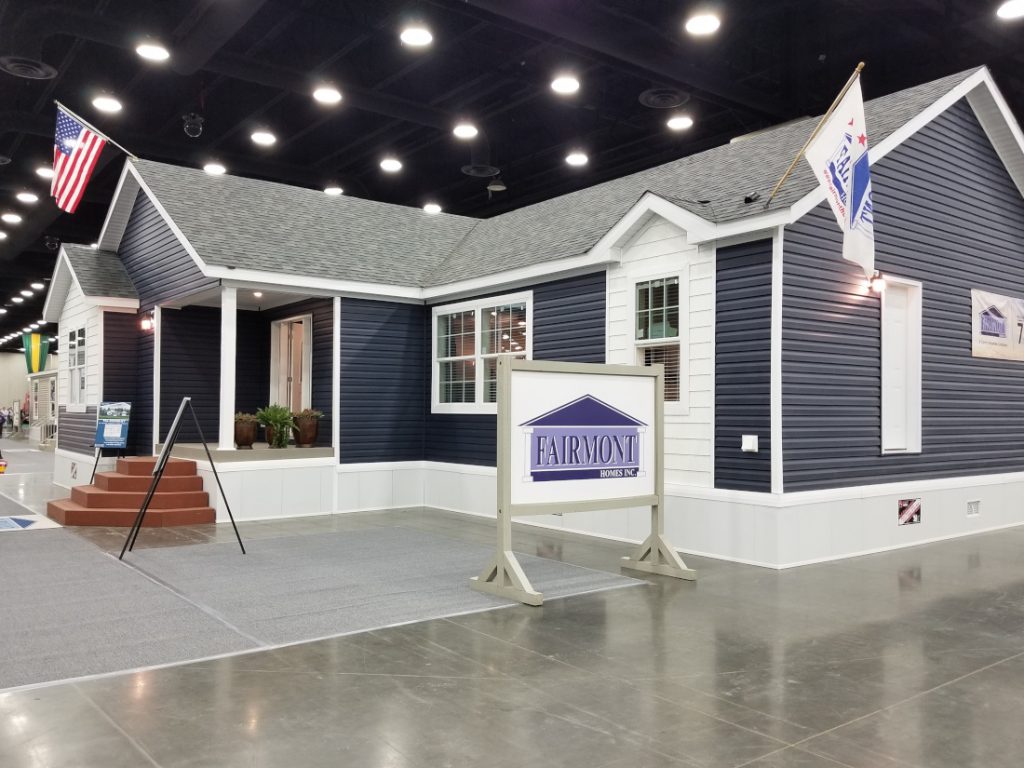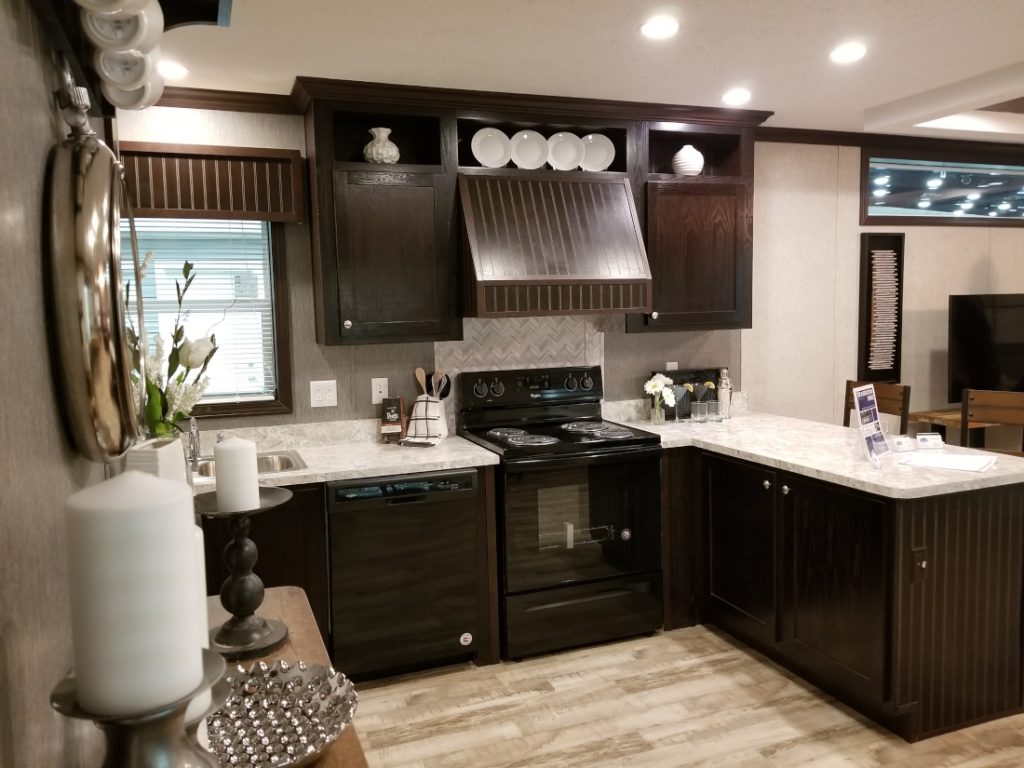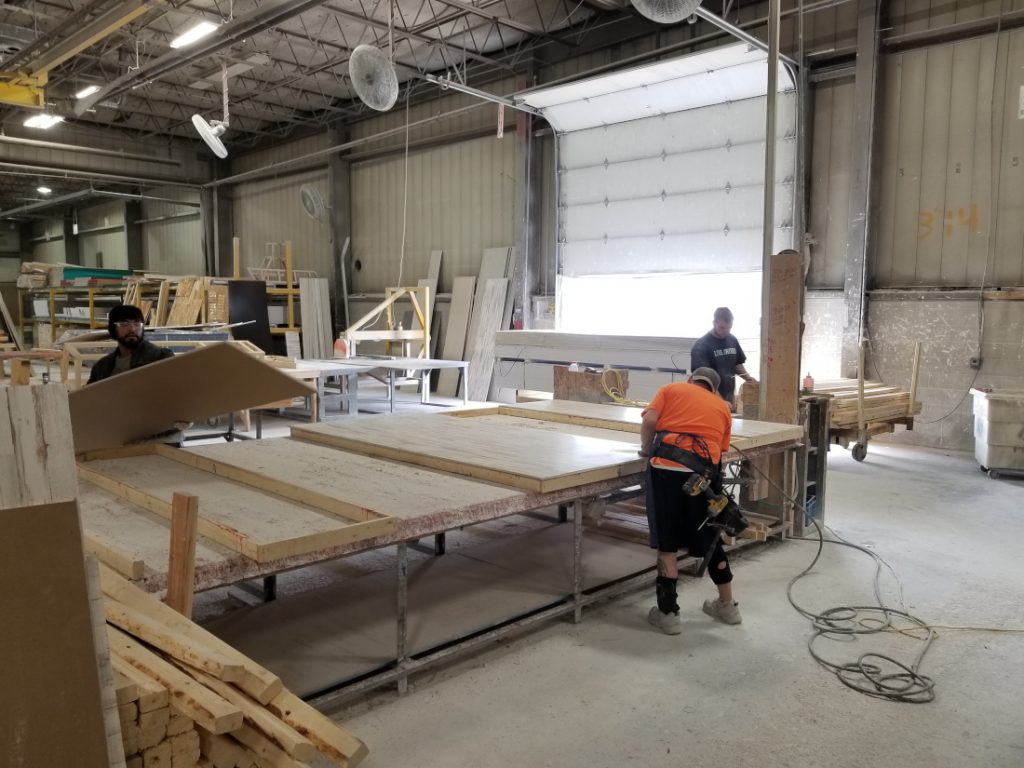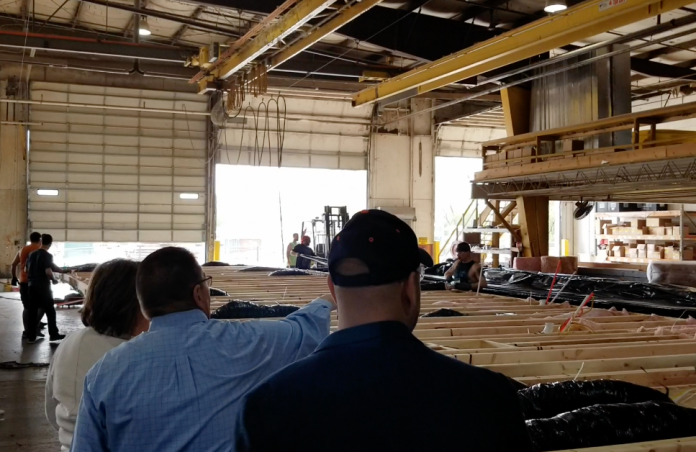Plans Laid to Meet Need for Labor in Manufactured Housing

The demand for production labor in manufactured housing has been particularly acute for at least three years, and builders in the industry are upping their game to ensure they draw and retain the needed talent.
“It’s been a long time since any of us have had an issue finding labor, so we were a bit underprepared,” said Steve Like, Senior Vice President for Cavco Industries, one of the nation’s top providers of manufactured and modular homes, as well as park models. “We needed to develop some new strategies both to recruit and to reduce turnover.
“Certainly, at Cavco, and from what I’ve seen in other parts of the industry, this has been the case,” he said.

How to Find and Retain Talent
Human resources was among the many front office functions consolidated during the economic downturn a decade ago. Like said HR could be rolled into accounting, finance, and sometimes dispatch, depending on the mix of disciplines available.
In the meantime, Cavco has had only moderate success relying on staffing agencies. A push for increased production arose at the same time as the labor crunch, increasing the urgency for change. So, in recent years, the company has regained an internal focus on many of its human resources functions.
“One of the strategies we pursued starting in 2016 was hiring someone who has a lot of experience in recruitment and retention,” Like said. “We do this at the plant level, and look for a local professional manager. That worked much better.”
Wages, Accommodations for Trade Labor in Manufactured Housing
Cavco also has reviewed the competitiveness of its employee compensation and worked to make each plant more inviting and comfortable for employees.
“We took a hard look at the wages in some key markets and found we had significantly fallen behind our competitors. That was a big deal,” Like said. “We’ve largely corrected that, and regularly do wage surveys to ensure we stay where we want to be. We’ve come up 15 to 20 percent in some markets to remain competitive.”
Years of hard work were beginning to show in the manufacturing facilities. Leadership became increasingly mindful of the need for remodeled bathrooms and breakrooms, as well as new TVs and self-service vending machines. They added fresh food, phone charging stations, and new seating.
“The break room itself, just getting it cleaned up and well lit with newer appliances,” Like said. “That helps.”
Once the company began to find success, the push to document processes began, which Like said raised other questions toward operational improvement.

Documenting the Process
“We have had a lot of success on multiple levels, but we didn’t have them cataloged,” he said. “So we got that done and developed support materials and training programs around our hiring practices.
“It was a very coordinated strategy and it’s worked out well. With that, we started tracking retention by seniority. That was an eye-opener,” Like said. “We had a lot of loss within the first 30 days. We had to ask ourselves what was going wrong. Why was this so different than what we had anticipated?”
Exit interviews revealed that beefing up early training programs to increase comfort with the construction tools would make a difference in successful onboarding.
“We set up a lab and had it put together off-line, away from the product line, so they could spend some time handling tools and getting experience without the pressure of keeping the line going,” Like said. “We let our new people get proficient before we put them on the line. And we kept up that increased line of communication for the first six weeks. It’s had a great impact.”
Advantages of Working in Factory-Built Housing
- 5 days a week work
- Regular schedule
- No weather-related time off without pay
- All first shift work
- Cooler in summer, warmer in winter
- Same workplace every day makes commuting and schedules more predictable
Cavco also partnered with an affiliate of the Manufactured Housing Institute to focus on skill development in Arizona and Texas, with a more formal version of the in-plant training program.
Like said Cavco does not use apprentice electricians or plumbers. Rather, they keep an eye on assembly production who has done some hobby projects or might have a relative who was an electrician.
“If someone has expressed an interest in moving into those areas, we take them aside and get them into the training scenarios. We will train those employees so they can move up into more professional, higher-paying jobs. And the good thing about that is that they’re working in a HUD plant, so they need to learn certain refined aspects of wiring or plumbing. They don’t need to know how to do a 20-story commercial highrise, for instance.”

Traditional Trade Schools and Alternative Programs
Like said Cavco has developed relationships within the trade and technical schools.
“Those are the people who likely will move into team leadership. These are people who, on their own, have opted to pay for training,” Like pointed out. “We’ve been out to job fairs in San Diego, Dallas and Atlanta. These are focused on people in transition or active military, typically captain level or high enlisted rank. We hired someone with CAD experience and put them into a draftsman position. And we think we’ll be able to get some managers out of that as well.”
The company also is involved with work release programs from Maricopa County Jail, in the Phoenix area. Low-level offenders can finish their sentences on the production line for an area employer.
“That’s working pretty well,” Like said. “These are non-violent offenders, people who may have had a drug or alcohol problem.”
The program has provided a route to facilities jobs as well as trade labor in manufactured housing.
“We’ve put a lot of energy into this and continue to strategize because there is nothing else that has strained our growth more than recruitment and retention of qualified labor,” Like said.
Other Workforce Development Initiatives in Manufactured Housing
The Florida Manufactured Housing Association has partnered with Georgia executives and manufactured home builders in the region to increase the number of students and young professionals looking to work in the trades. In addition, Clayton Homes and The Clayton Foundation partnered to provide Pellissippi State with $500,000 in workforce development funding.













